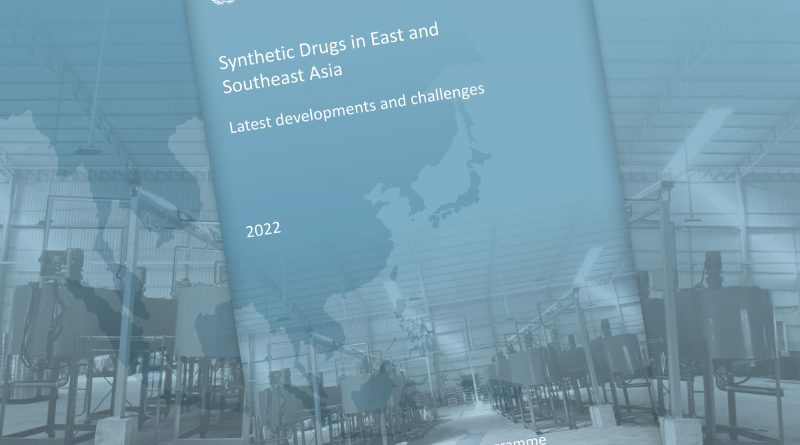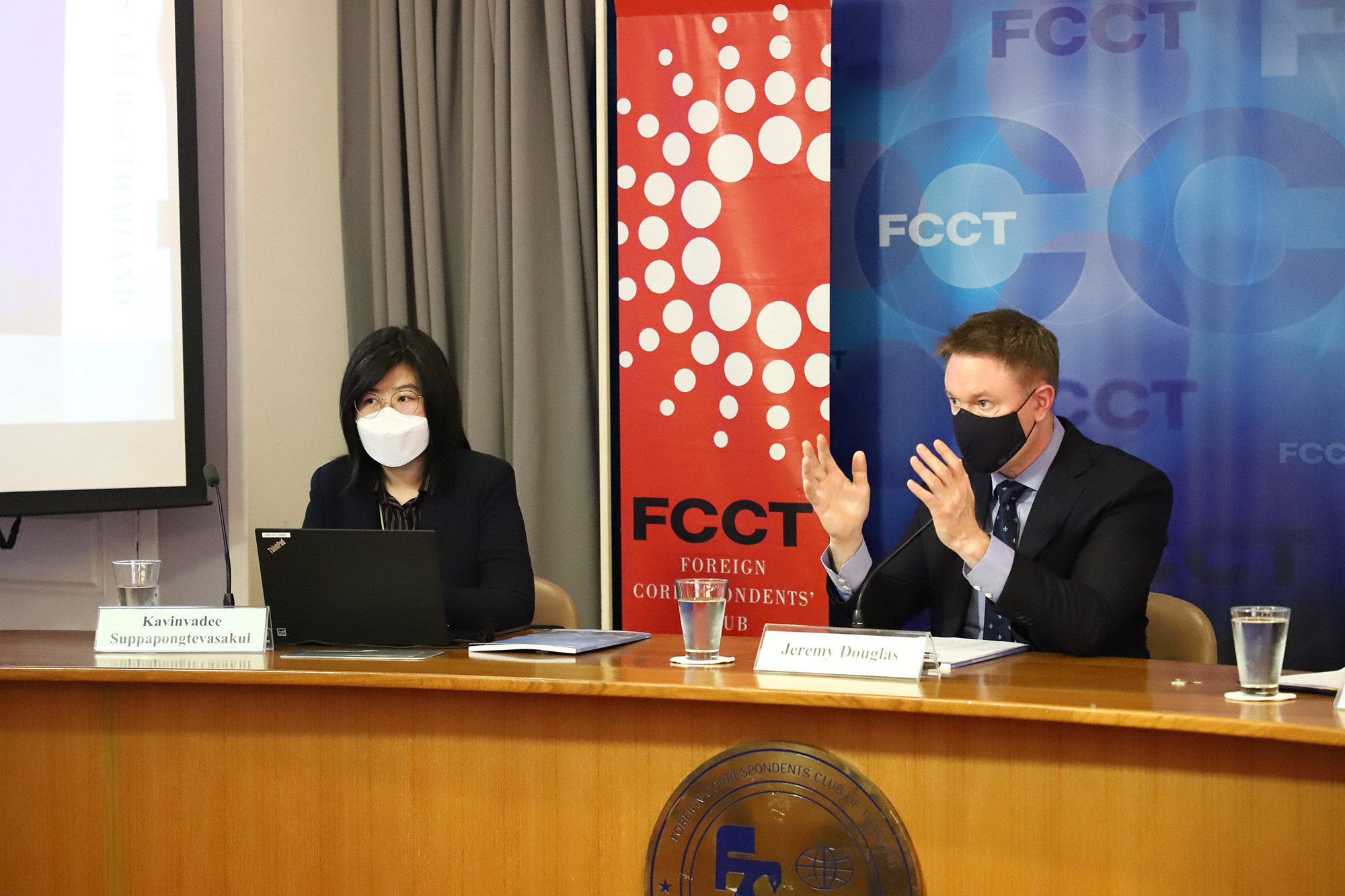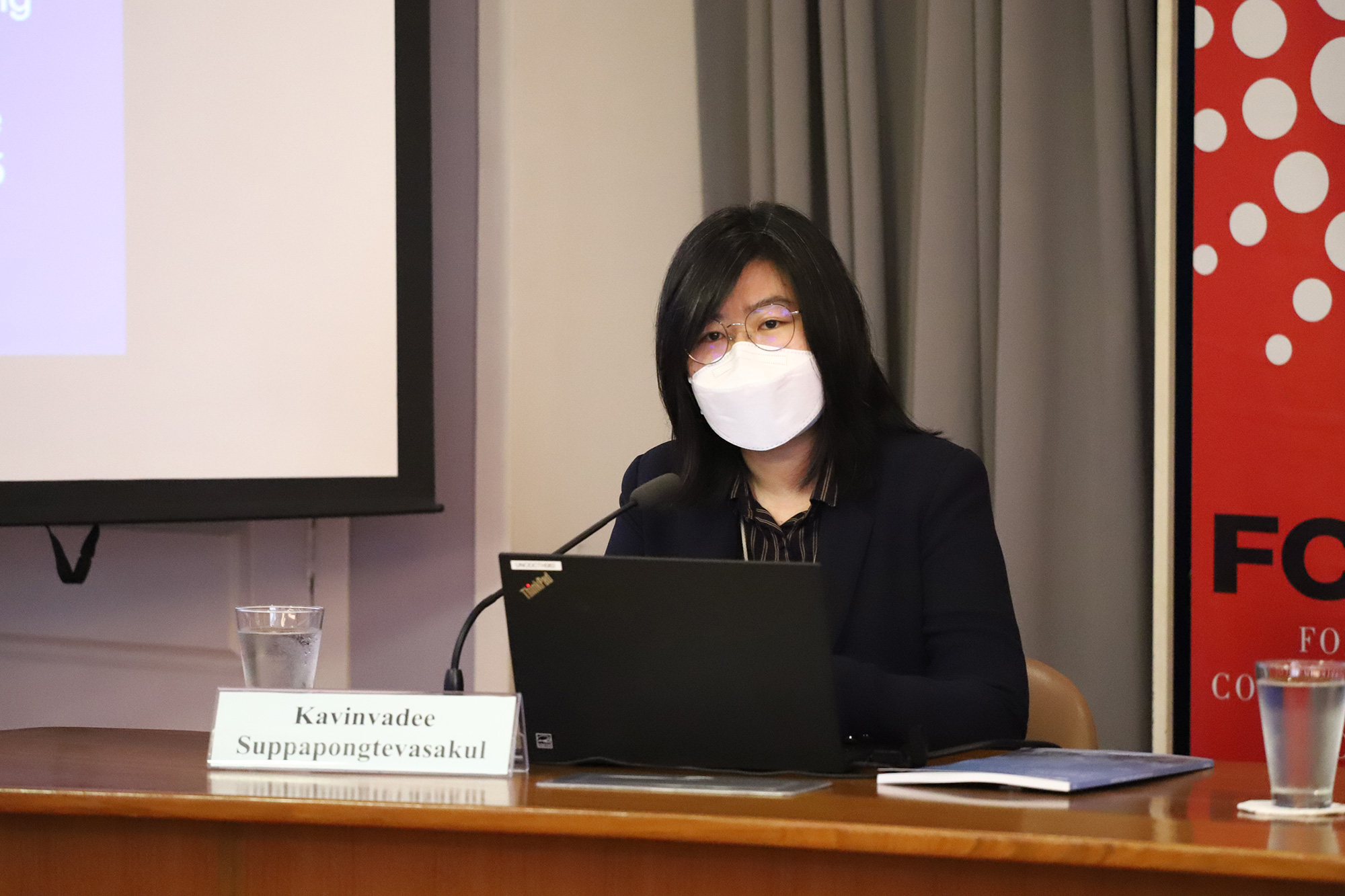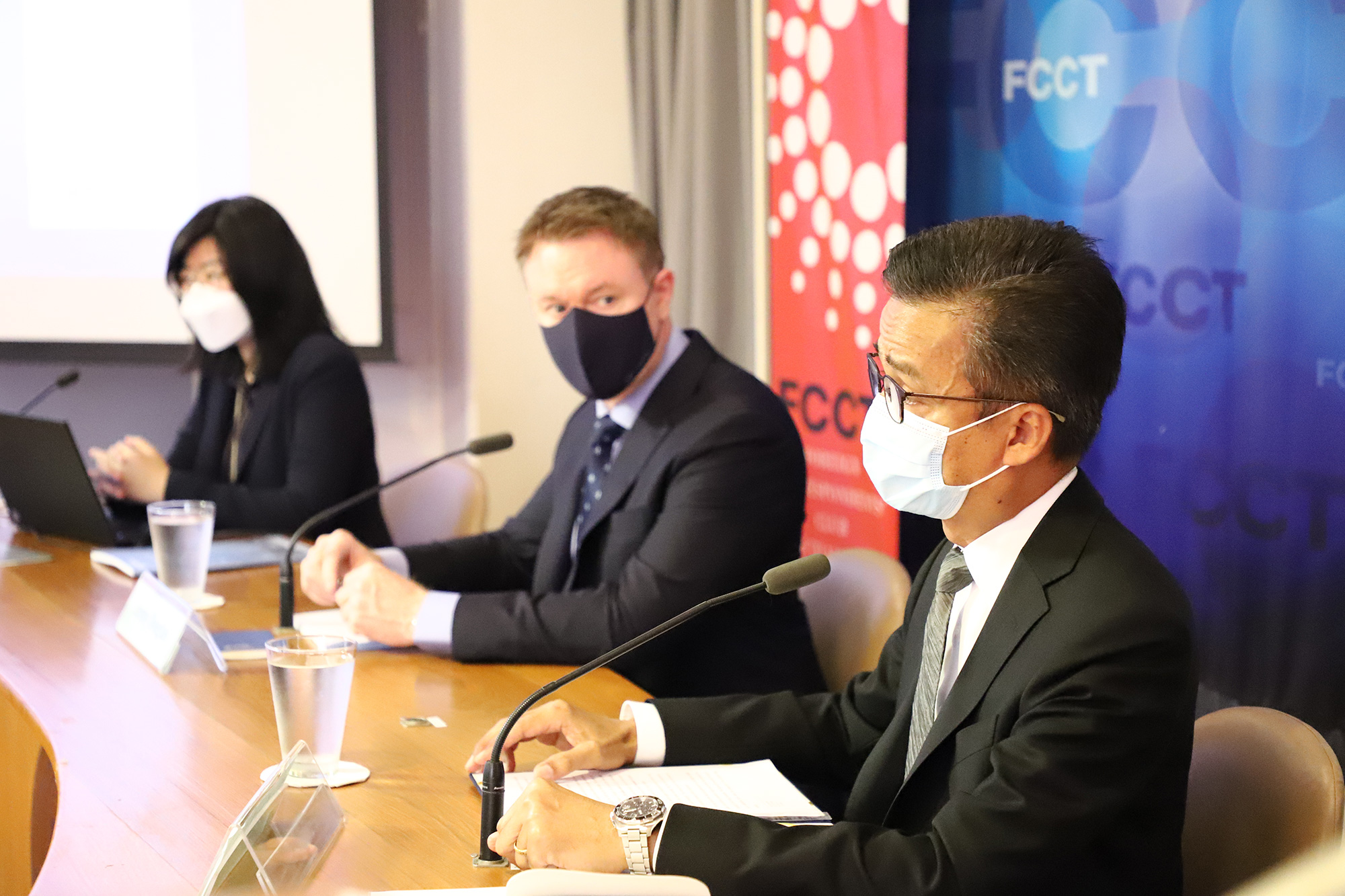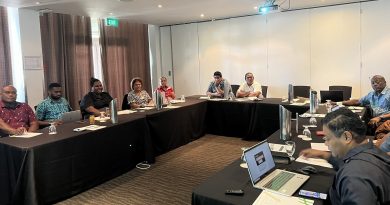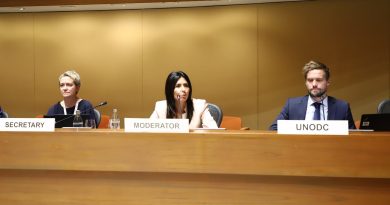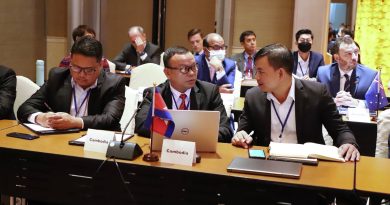UNODC report: over one billion methamphetamine tablets seized in East and Southeast Asia in 2021 as the regional drug trade continues to expand
Bangkok (Thailand), 30 May 2022 – A new report from the United Nations Office on Drugs and Crime (UNODC) warns that the synthetic drug trade continues to expand in East and Southeast Asia, with production and trafficking hitting record levels in 2021.
The report titled, “Synthetic Drugs in East and Southeast Asia: latest developments and challenges 2022”, confirms that extreme volumes of methamphetamine are being produced, trafficked and used in the region, and that the synthetic drug trade continues to diversify. “Organized crime syndicates and armed groups have exploited the pandemic and political instability in the Golden Triangle and border areas of Myanmar to expand production the past year. There are very few drug labs found in the region outside the Triangle anymore, the supply continues to surge, and governments and agencies continue to report the same source.” remarked Jeremy Douglas, UNODC Regional Representative for Southeast Asia and the Pacific.
Lao PDR has become a major transshipment point for trafficking into Thailand and other parts of the Mekong and Asia Pacific, and Malaysia has also been used extensively for transit and trafficking to Indonesia, the Philippines, Japan, Australia and New Zealand. Regional Representative Douglas added, “The scale and reach of the methamphetamine and synthetic drug trade in East and Southeast Asia is staggering, and yet it can continue to expand if the region does not change approach and address the root causes that have allowed it to get to this point, including governance in the Golden Triangle and market demand. Organized crime have all the ingredients in-place that they need to continue to grow the business, including territory to produce, access to chemicals, established trafficking routes and relationships to move product, and a massive population with spending power to target – they look at the region and see potential and profits.”
UNODC Regional Representative Jeremy Douglas responds to questions about the groups behind the increase in methamphetamine tablets production, and use of pre-precursor chemicals
A record amount of methamphetamine – nearly 172 tons – was seized in East and Southeast Asia in 2021, with over 1 billion methamphetamine tablets recorded for the first time. The total is seven times higher than it was 10 years ago when just more than 143 million tablets were seized, and over thirty-five times higher than it was close to 20 years ago when it was 28 million. Nearly 79 tons of crystal methamphetamine was also seized in 2021, just under the 82 tons seized in 2020 – approximately eight times the 10 tons seized a decade ago.
The supply of Golden Triangle methamphetamine also expanded further into South Asia in 2021. Crystal methamphetamine in distinct Golden Triangle packaging and tablets were increasingly seized in northeastern India, in a pattern similar to Bangladesh a few years ago.
Regional Analyst of the UNODC Global SMART Programme Kavinvadee Suppapongtevasakul discusses the latest data
The price of both tablet and crystal methamphetamine also continues to drop across Southeast Asia. Malaysia and Thailand have reported that wholesale and street prices decreased to all-time lows in 2021 as the supply surged. “The drop in the price of crystal methamphetamine is particularly concerning as it has become much more accessible and available to those that could not afford it before. The social consequences of increased use are significant, and health and harm reduction services remain limited across the region,” observed Kavinvadee Suppapongtevasakul, UNODC Regional Synthetic Drugs Analyst for the Global SMART Programme. She commented further, “It is also likely that use has been seriously underestimated for years as most countries in the region do not monitor or study drug demand.”
Deputy Secretary-General of the Office of the Narcotics Control Board of Thailand, Thanakorn Kaiyanunta speaks about the regional drug situation
Although methamphetamine is the primary concern of authorities across the region, other synthetic drugs which can pose significant harm to drug users are also widely available, notably ketamine. “Addressing the methamphetamine situation is a top priority for the Government of Thailand and the region, but other synthetic drugs and combinations of drugs have emerged in recent years and early warning is more important than ever,” noted Thanakorn Kaiyanunta, Deputy Secretary-General of the Office of the Narcotics Control Board. “We are working with UNODC and international and regional partners to update our laws and policies, develop important forensic, data and operational capacities, and address priorities including chemical trafficking.”
UNODC is working closely with countries in East and Southeast Asia through the Global SMART Programme and the Mekong MOU on Drug Control to monitor the drug situation and provide advice on cooperation, detection, precursor chemical control and public health strategies, and importantly to help countries collaborate on joint and cross-border operations.
Click here to learn more about UNODC’s Regional Programme for Southeast Asia
Click here to learn more about UNODC’s work to address drug and precursor challenges in the region
Click here to learn more about the Mekong MOU on Drug Control

